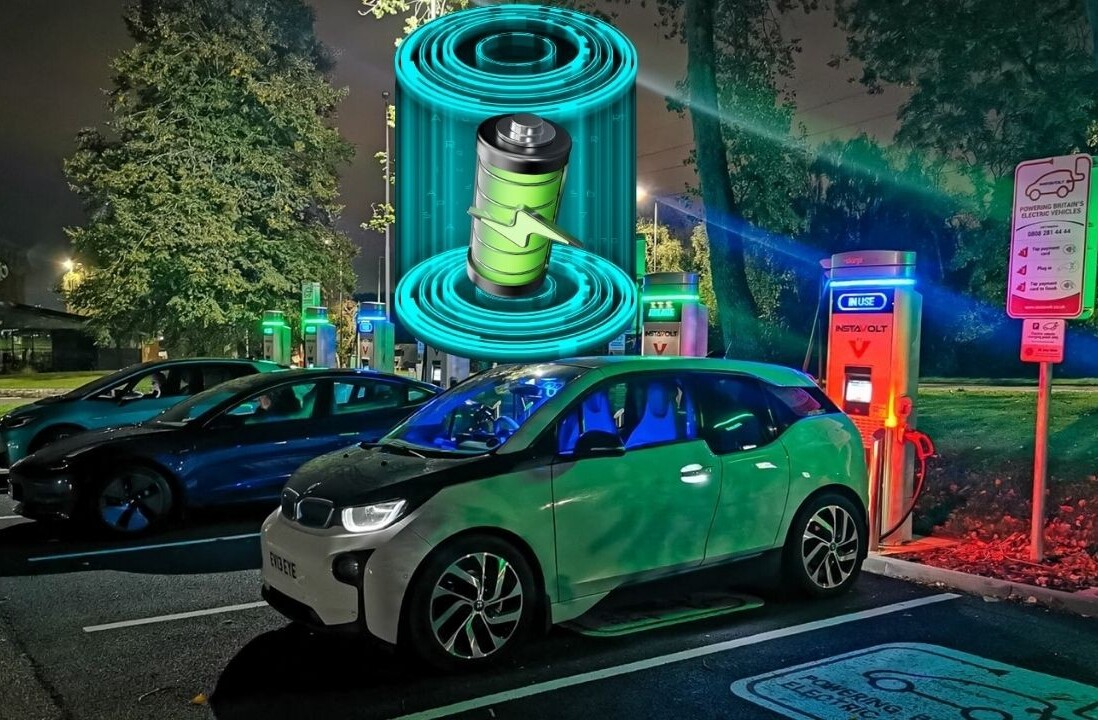Sustainability tech has been all the buzz in the last few years. Investors are hunting promising ESG businesses, governments are pushing ambitious legislation, and companies are getting on board to adopt new solutions. Sustainability funding is projected to reach unprecedented levels, with BCG Henderson Institute estimating accumulated global investment to achieve net zero to hit $75 trillion by 2050.
And yet, behind the curtain, the picture isn’t quite as rosy. According to Statista, VC investment in sustainability and climate tech has been steadily declining since 2021. While AI startups often manage to secure funding rounds within mere weeks, sustainability-focused companies can spend years in fundraising limbo. As a partner at VC consulting agency Waveup, I’ve seen dozens of exceptional startups forced to bootstrap despite having validated technology and clear market potential — from sustainable agriculture solutions to carbon capture technologies.
Something just doesn’t add up in venture capital. Why aren’t investors backing the innovations needed to create a more sustainable future? The core issue lies in how they evaluate investment opportunities.
The great expectations mismatch
When looking at sustainability tech companies, most VCs expect rapid adoption, hockey-stick growth, and massive total addressable markets (TAMs) (understandably so, as otherwise, the VC formula might simply not work). They apply the same metrics and expectations used for SaaS and AI startups, and while some sustainability companies might fit this mould, many simply are too early in market adoption to demonstrate these characteristics.
Consider one of the clients we worked with developing revolutionary ocean-cleaning technology. The team managed to build a product with a clear and proven ability to drastically lower ocean pollution by reducing the amount of microplastics that enter the water. Despite recognition from the UN and an excellent client roster, the company has struggled with financing for years. For VCs, an absence of rapid growth overshadowed patented tech, past environmental impact, and excellent business economics. While recognising impressive results, most investors couldn’t get comfortable with the adoption timeline and speed of growth as, for many corporate clients, sustainability investments remain a “nice-to-have” category rather than a “must-have.”
It doesn’t help that many sustainability solutions require buy-in from multiple stakeholders within organisations, leading to longer and more unpredictable sales cycles. Worse, many companies also need significant upfront investment in physical assets or infrastructure, unlike purely software-based startups. The result? Gloomy statistics: while traditional tech companies typically take three years from Series A to Series B, sustainability technologies need an average of seven-plus years to achieve scale.
The bottom line: impact investments aren’t yet firmly matching traditional VC returns. While there’s been a concerted push since 2015 to argue that impact returns are approaching venture returns, the data often tells a different story – and this performance gap creates a fundamental tension with the VC model. Venture funds operate under strict constraints: they have fiduciary duties to their limited partners, closed-end fund structures, and defined timelines for delivering returns. A fund’s ability to raise Fund II or III depends entirely on the performance of its previous investments. In this context, backing “good investments” that haven’t proven viable enough becomes paradoxically risky — even for an industry built on taking risks.
Rethinking the climate tech model
Financing the next generation of climate tech might require new solutions from everyone. The question is, are investors truly willing to find new models?
With many VCs (without calling out names), we’re seeing a troubling trend: rather than looking for new ways to adapt investment frameworks and funding mechanisms or dedicating more time to sourcing high-potential nascent climate tech startups, they hire consultants to reposition their existing portfolio companies as “ESG-friendly.” Essentially, this involves finding an ESG angle in otherwise traditional software companies to report to LPs strides made in financing sustainable tech solutions. Needless to say, this approach does little to drive meaningful environmental and social change.
What’s the alternative? We have a few ideas.
1. Rethink traditional funding mechanisms
VC investors need to work with other ecosystem players to offset financing risks while balancing risks and returns. Today, leading impact investors are working to combine traditional VC money with impact-first capital and structuring investments with different return tranches for various investors. Some use catalytic capital to de-risk early-stage investments or create revenue-based financing options for steady-growth sustainability companies. Others develop outcome-based funding models tied to impact metrics.
For companies struggling with VCs altogether, evergreen funds that don’t have fixed lifecycles and allow for extended holding periods can better match sustainability tech’s development timelines. Corporate venture capital and large corporations facing pressures to transition to net zero can also become viable backers by providing both capital and pilot opportunities for sustainability startups.
2. Provide actionable help to accelerate the road to scaling
Monthly advice in board meetings will be valuable, but the true contribution lies in hands-on help driving adoption. The best impact investors put their time where their money is by partnering with corporate venture arms to secure pilot opportunities and market validation for their portfolio companies, collaborating with government agencies on grants and subsidies, and working with industry consortiums to accelerate adoption.
3. Adjust metrics and expectations
Investors need to consider new frameworks for evaluating sustainability investments. Traditional SaaS metrics could be replaced with impact-adjusted indicators that consider both financial and sustainability outcomes or allow for longer return lifecycles that align with the sector’s development timeline and adoption curves.
Important to note: this isn’t about lowering standards; it’s about adapting them to match the unique characteristics of sustainability technologies.
For VCs, the question shouldn’t be whether to invest in sustainability tech but how to adapt their approach to these critical innovations. Without this shift in perspective, we risk missing out on the next wave of transformative technologies that could help address our most pressing environmental and social challenges. After all, the biggest risk might not be backing sustainability tech too early — but too late.
Tech investing is a key theme of this summer’s TNW Conference. The event takes place on June 19 and 20 and tickets are now on sale. Use the code TNWXMEDIA2025 for an exclusive subscriber discount.
Get the TNW newsletter
Get the most important tech news in your inbox each week.





